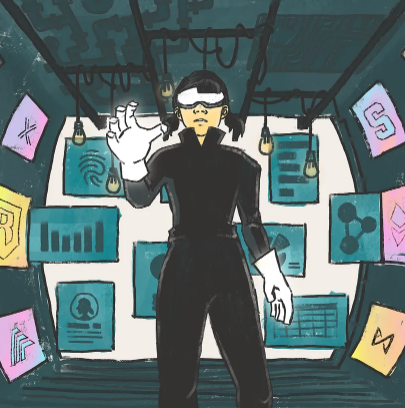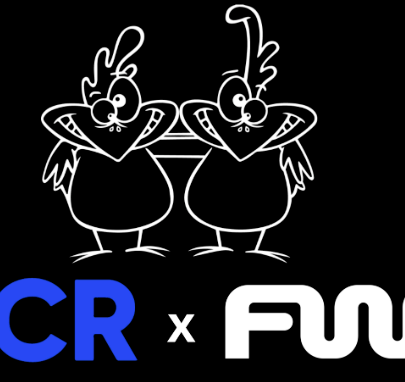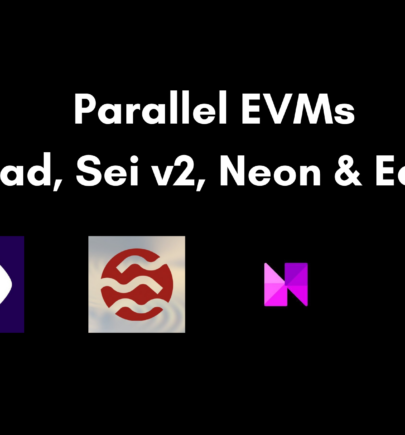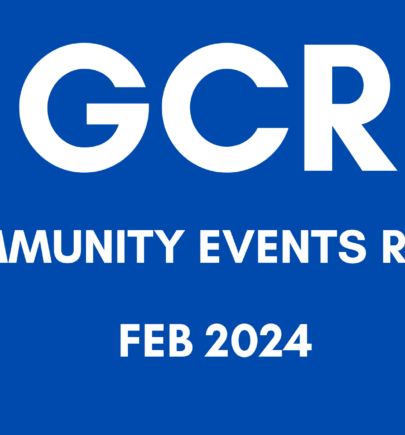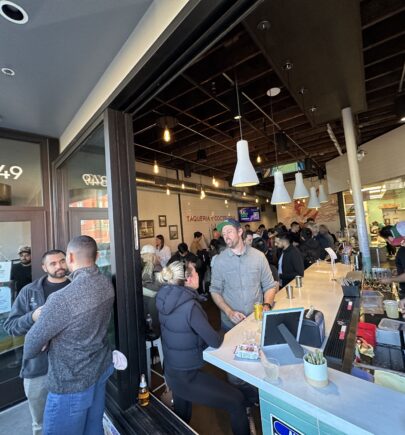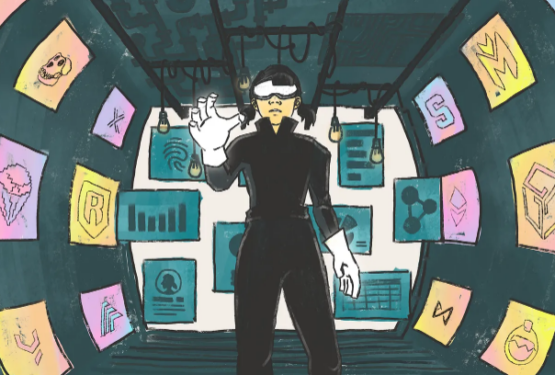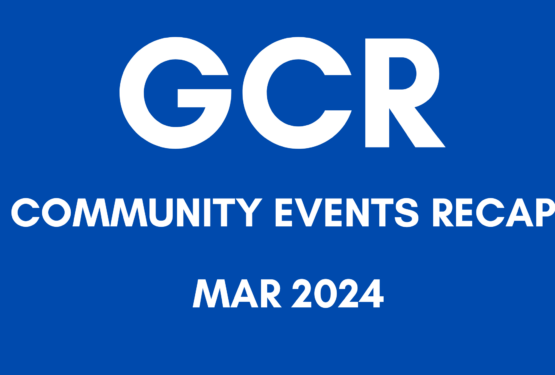You Will Never Believe These Bizarre Truths Behind Who Framed NFT Market?.
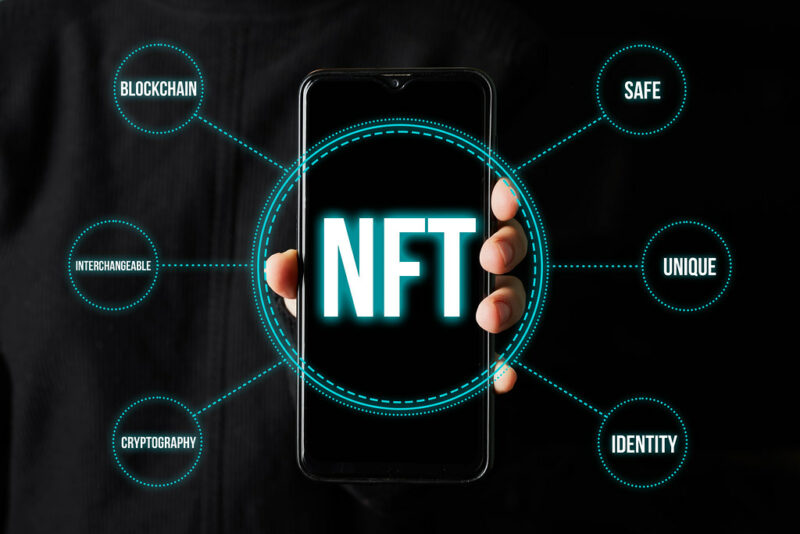

Is there a bubble in the NFT space? Is the non-financial sector the most environmentally damaging industry? Do we see the biggest Ponzi scheme in history? Don’t be alarmed. Bring a towel as well.
If that were the case, the NFT market would be in the midst of a crisis, and the bubble would have finally burst, leaving thousands of devastated users in its wake. The numbers below speak for themselves as confirmation of the actual truth!
Finally, some writers interpret the numbers to their liking or, at the very least, aim to fit the standard view that everything related to cryptos is a speculative bubble with no future.
When we released an essay two months ago claiming that there would be no NFT market meltdown, the objective was not to dispute and ask, “so when will it happen?” There is little question that the joy that the environment has experienced in recent months will fade.
While we wait for our second quarterly report, let us climb above the din and examine the general market trends (beyond the last two weeks).
Let’s Consider Some Weekly Averages
To begin this study, let’s look at some weekly USD volume figures.

Source
Although the end of 2020 saw a rise in USD volume, it has already been six months, and the general trend has not weakened.
NFT’s total weekly sales volume on the Ethereum network as of 28/12/2020 was $1,180,502. This volume was 70,623,544 USD as of 31/05/2021, counting only three days of the week.
The cause for the May high is evidence of excessive speculation. A market that rises from $78 million to more than $270 million in a week must inevitably fall back. In this example, the fall resulted in a higher-than-previous level of stability at about $90M/week (i.e., 81x the volume in early January).
The Drop From The Peak Doesn’t Imply To The Explosion Of A Bubble.

Source
In terms of user decline, we must not be mistaken: there were 2390 weekly purchasers on 28/12/2020, compared to 7371 in the first three days of the week of 31/05/2021. This has nearly quadrupled since the beginning of the year!
Another hopeful indicator is that the number of buyers continues to outnumber the number of sellers. This is an important statistic to track to determine the health of a market.
Similarly, the number of weekly vendors grew steadily in the first half of 2021, from an average of 1,500 to slightly over 6,000. The lowest low was achieved in mid-May when there were 4,947 vendors, more than three times the number of sellers in January.
The Only Substantial Drop Shown In The Graph Is Due To Incomplete Data From The Previous Week

Source
In terms of weekly asset sales, the pattern is the same: 7134 sales at the start of the year and 24916 by the end of May 2021. Here, sales have nearly tripled since the beginning of the year.
We increased the number of NFTs acquired each week/per buyer from 2.9 to 3.3 by taking a fast average of the number of sales and the number of buyers.
It’s difficult to argue that there is more money moved, more buyers, more sellers, and each buyer purchases more NFTs.
Let’s Focus On Some Projects

Source
To delve into further detail, consider the average price of the assets that comprise these NFT marketplaces. Have traders abandoned the markets, leaving assets worthless in a zombie market?
The graph above depicts the average asset price of eight of Ethereum’s major NFT projects: Sorare, The Sandbox, Ethereum Name Service, Avastars, Artblocks, MakersPlace, CryptoKitties, and Decentraland (names).
Overall, the value of each of these sorts of assets has increased in recent months, and they appear to have held up quite well in the face of the current fall in cryptos.
Volatility is high, but the trend is unmistakably upward, regardless of price range or project type.

Source
The trend also exhibits stability symptoms on the side of the “star” projects that dominated the initial half of the year in terms of volume and price (SuperRare and CryptoPunks). We are still a long way from the market crash predicted by some.
However, it should be noted that the sudden desire for CryptoPunks has resulted in a rather substantial reduction in the average value of these Collectibles, which appears to be stabilizing closer to $50,000 than $100,000.
Let’s Look Back In Time
Even while the NFT markets are always fascinating to examine under a microscope, it is sometimes essential to step back to appreciate better the internal and external variables that might impact a market:
- Its history beyond the previous two weeks.
- In the case of NFT marketplaces, it is critical to evaluate the value of the crypto-currency most commonly used to acquire these assets in parallel.
Ether
The increase in the value of Ether during May increased the value of all NFTs acquired in Ether. Simultaneously, the drop seen at the end of May influenced the total amount of USD traded on the NFT exchanges.

Source
It is important to note, however, that crypto developments have had little or no influence on other indices of the NFT business (number of buyers, sellers, even the average price of NFTs seems to make its living regardless of the value of Ether).

Source
Another exciting graph to contrast is the number of daily transactions on the Ethereum network with the average transaction price.
Despite the high cost of a network transaction since the beginning of the year, gamers, collectors, and other purchasers have continued to acquire NFTs!
Wrapping It Up
The last figure has a significant detail: the transaction costs on Ethereum. To the satisfaction of all Ethereum users, if there is one indication that has decreased dramatically, it is this one (and to the great displeasure of its competitors).
So we now have a situation in which the only bubble that has popped is transaction fees. But don’t sell the bear’s pelt before we’ve skinned it: there are still many upgrades on the way for our blockchain, which will allow us to welcome many more users.
Keep in mind that the tendencies we’ve been able to identify here were discovered in a relatively short period (just a few months). The market patterns seen in the first half of 2021 are simply a mirror of the overall momentum around cryptos and the NFT business.
While all of these indications were highly positive at the time, we must not lose sight of the general trend of the NFT business, which began at the end of 2017 and continues to this day.
